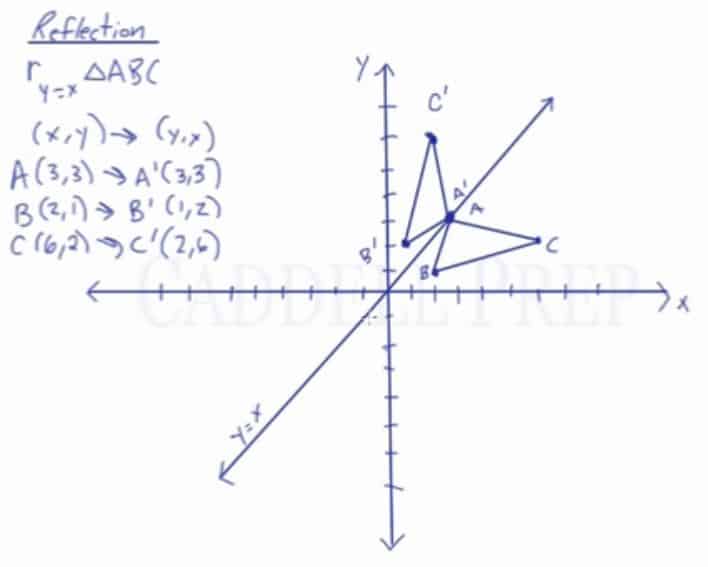
This is similar to what we saw in Example 16 in Lesson 3.6, where we found a square root function as the inverse of a quadratic function (with a domain restriction). The cubic function y = x 3 − 2 is shown on the coordinate grid below. They are the inverse of cubic functions (sometimes requiring a domain restriction). If the image is rotated 180° around the center point, it exactly matches the original image.Ĭube root functions are, like square root functions, another type of radical function. When a graph is symmetrical with respect to a point, each point in the graph is the same distance from the center point as a point directly opposite it (on a line passing through the center point).


Cube Root Functionsįor any function f( x), the graph of f( x + k) is a horizontal translation of f( x) by k units (to the left if k is positive and to the right if k is negative), and f( x) + k is a vertical translation of f( x) by k units (upward if k is positive, downward if k is negative), where k is a constant.įor any function f( x), the graph of − f( x) is a reflection of f( x) across the x-axis, and the graph of f(− x) is a reflection of f( x) across the y-axis. Write and use cube root, piecewise-defined, and exponential functions to represent real-life situations and solve problems Lesson 6.1.Solve single-variable absolute value equations, both algebraically and by graphing systems of equations.Graph piecewise-defined functions, including step functions (such as floor and ceiling functions) and absolute value functions.


 0 kommentar(er)
0 kommentar(er)
